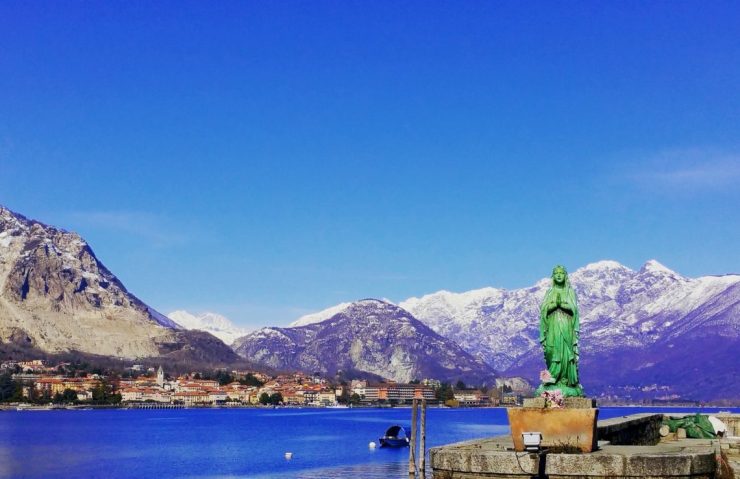I am hardly blue on any trip. Even if I am making a go of it alone. On an evening out with a friend, over a few pints of beer, I was asked recently, “How do you travel alone? Do you really enjoy it?” The friend had travelled solo once and did not have much to say for it. It is a matter of habit I suppose when you keep travelling on your own and start savouring the experience. The fact, however, remains that I miss my husband intensely everywhere I travel on my own.
Stresa, a resort and former spa town for the rich and glitzy from the Belle Epoque era, was the only place in all my solo trips where I was worked up. Waiting out six hours (for a train) in a town that is as dead as a quiet village with only four people in it is a tedious affair.
Before I wade into the whys and hows of my blue state, let me go back to an early morning in March when I took the train from Milan to Stresa. The surroundings changed as the train rolled into Stresa, passing by country cottages in woods populated by tall, bare trees and enveloped in thick snow. The thrill of that transition from sunny to snowy climes – ah, it was special.
On the walk from the railway station to town, I was told by a woman walking her furry four-legged companion that it was unusual for Stresa to see snow at that time of the year. She was referring to its mild Mediterranean climate which is responsible for the lush tropical vegetation around it. With directions, I ambled down to the shores of Lake Maggiore, the second largest lake in Italy that spans the Italian regions of Piedmont and Lombardy. At its northern edges, the lake extends into the Swiss canton of Ticino.
When Lake Maggiore loomed up, so did a hotel with a large garden and a distinct neo-classical style of architecture show up on my left. It was at this Regina Palace Hotel that George Bernard Shaw had put up during his time in town. I do not know about you, but I find myself charmed by the thought of my favourite authors and poets preceding me in my rambles.
Hemingway stayed in Stresa and described Lake Maggiore as ‘one of the most beautiful of the Italian Lakes’. Lake Maggiore does have this sublime beauty that surpasses that of Lake Como, which to my mind appeared to be the commercial big brother of the two. In 1918, after he had left his reporting job in the American Midwest and enrolled as an ambulance driver with the Italian Red Cross, Hemingway had been wounded extensively during duty – he was delivering chocolates and cigarettes to soldiers serving at the front.
To convalesce Hemingway arrived at the Grand Hotel des Iles Borromees in Stresa. He spent 10 days there as he rowed on the lake, played billiards with a fellow hotel guest, a 99- year-old count, took a trip to Mottarone from where he had a view of the seven Italian lakes and had declared, ‘This beats paradise all to hell’. Yet he was in love with a nurse from Milan and cut his trip to Stresa short to get back to her. Which must remind you of A Farewell to Arms where the hero is Frederic Henry, a Red Cross ambulance driver, just like the author, and who also ends up falling in love with a nurse at a hospital in Milan. Lake Maggiore was featured by Hemingway as the lake which Frederic Henry and his nurse crossed in a rowing boat to escape the Carabinieri. Even the count made an appearance in the novel as Count Greffi.
The amusing bit is that though Hemingway had only a platonic relationship with his nurse, Frederic Henry had a steamy time with his. So much so that the magazine, which was publishing the novel in serial form, was banned in Boston from being put out on newsstands.
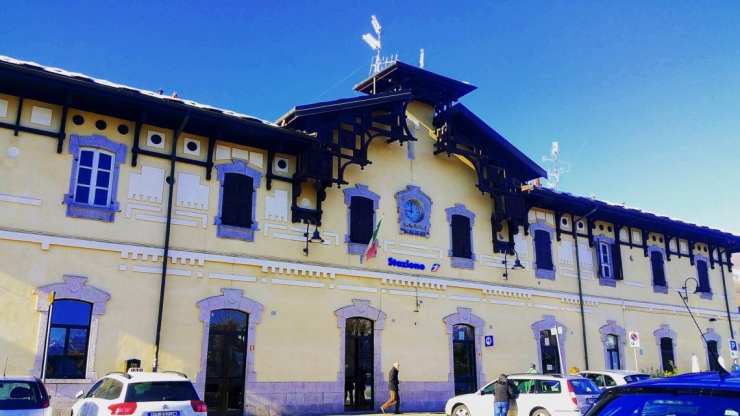
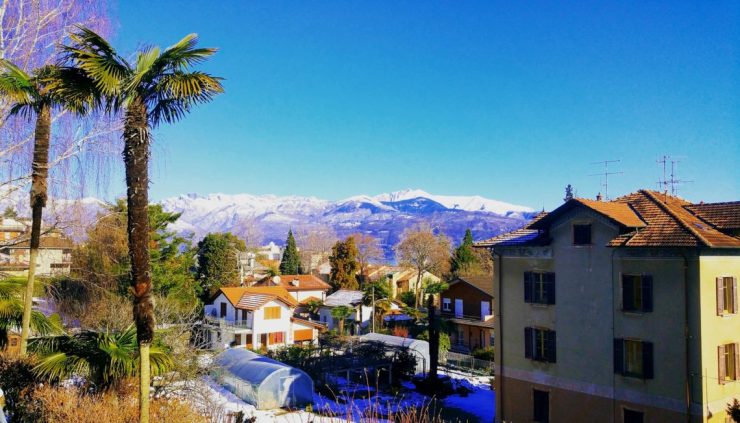

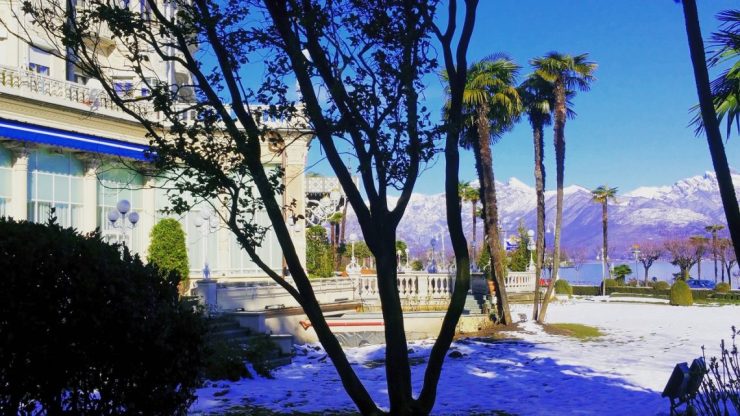
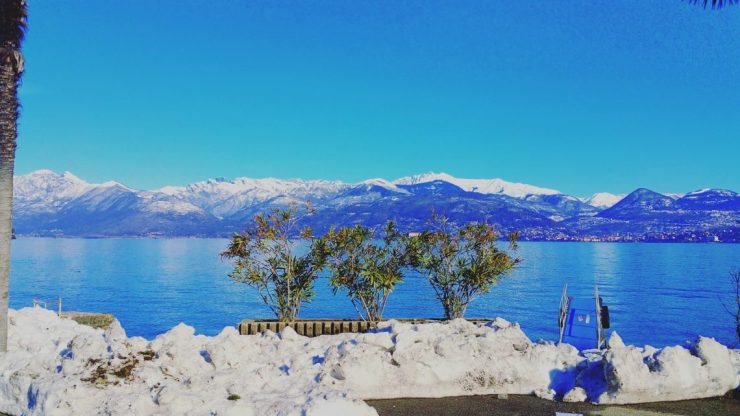

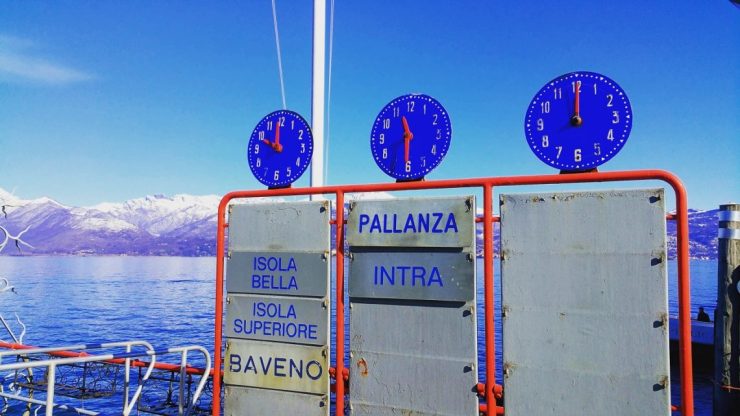
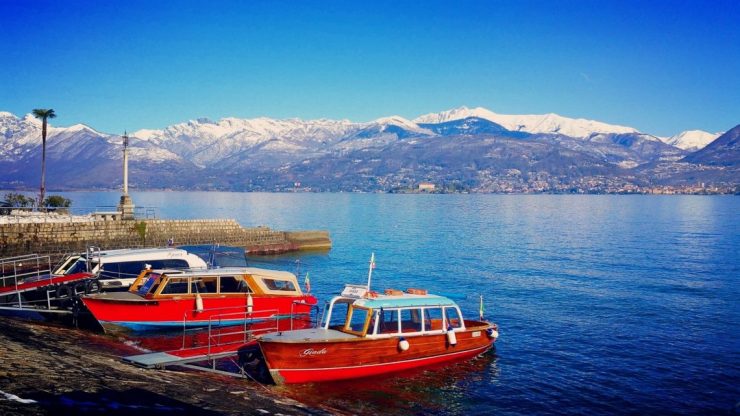
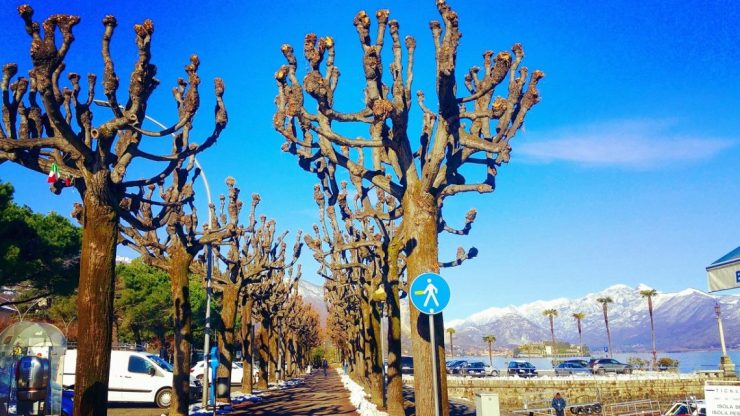
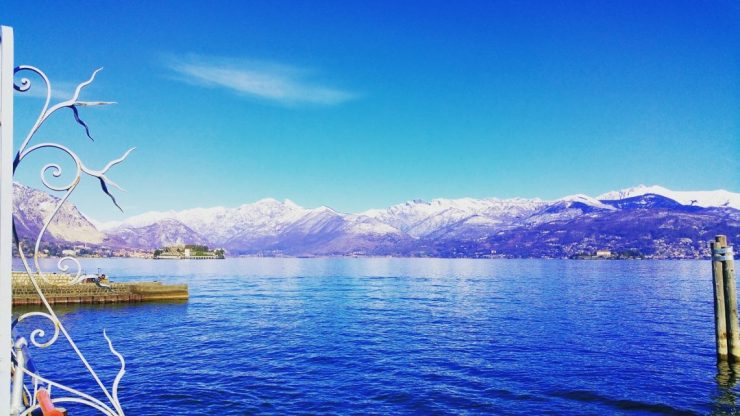
…
At Piazza Marconi, the docks from where boats take the enthusiastic for excursions to tiny islands that emerge out of the shimmering waters of Lake Maggiore, I watched the morning rays light up the snowy Alps with an ethereal grandeur. In the immediate neighbourhood of Stresa are three islands called Isola Bella, Isola Pescatori and Isola Madre. They are the Borromean islands, named after the Milanese aristocracy that ruled the town. In medieval times, the lords of Castello and Visconti held the reins of Stresa but the Borromeos left their mark on Stresa with their beautiful architectural legacies.
Now there are three reasons why you should not travel before summer to Stresa. One, they shut one of the two Borromean islands; two, another island lies almost unoccupied and uninhabited; and third would be the way Stresa looks towards the end of winter. Which is almost fantastically desolate. Unless you go with a friend or your beloved, it tends to be a lonely experience.
With just about six people including me, the boat chugged on to Isola dei Pescatori (pronounced Pesha-tori). The island of fishermen. This was my favourite of the two islands that I got to lay my feet on. Because on Isola dei Pescatori, life carries on as it did before, as an old fishing community that is home to barely a handful of fifty. A promenade runs around the houses that are built on a higher level and the doors strategically positioned on the inner streets to take care of the flooding that is a common phenomenon there. Narrow alleys are nestled between traditional buildings with arches and cobbled lanes while fishermen’s brightly coloured orange and blue nets hang off walls and the occasional fisherman docks in at the tiny harbour to bring in his haul of fresh catch.
I was wearing neon orange sneakers that caught the eyes of one of the fishermen. He gave me a broad grin and then drawled away in Italian. The plus side of the fact – that there were hardly any visitors on the island – was that I could feel the slow pulse of life on it. The spire of the Church of San Vittore (Victor the Moor) towered over the island and revealed a simple but beautiful ancient chapel that was to a martyr called Saint Gandolfo. It takes about just about all of 15 minutes to make a round of the island – that is how small Pescatori is. I had so much time at hand that I spent about an hour, munching on a slice of pizza on the waterfront, staring at a Virgin Mary standing at the end of the pier. I suppose her presence is of comfort to humans who eke their livelihood from the sea.
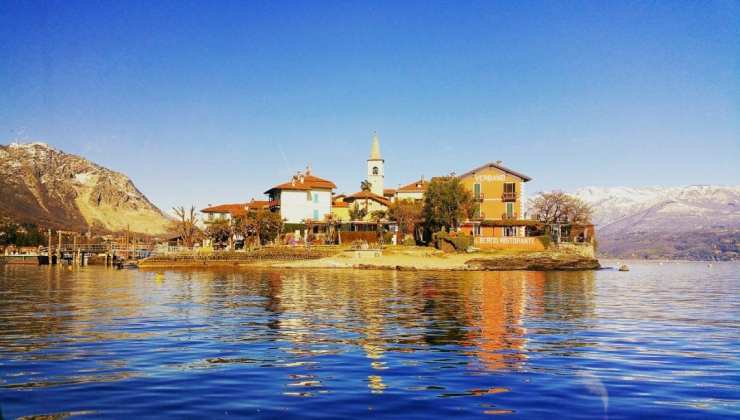




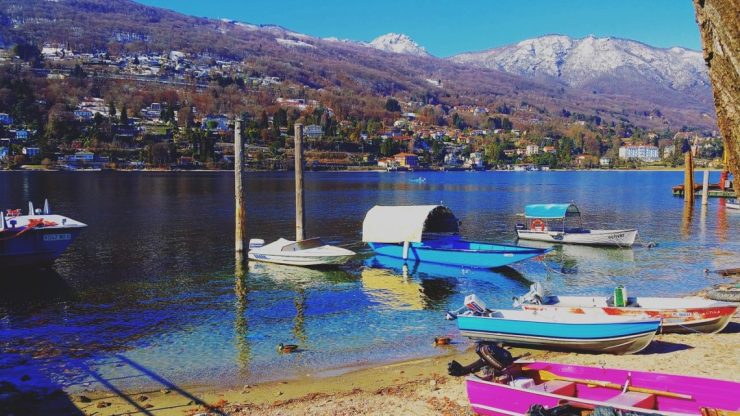

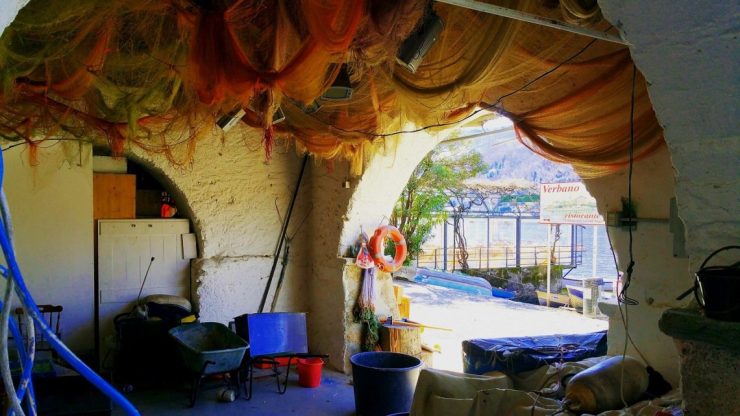

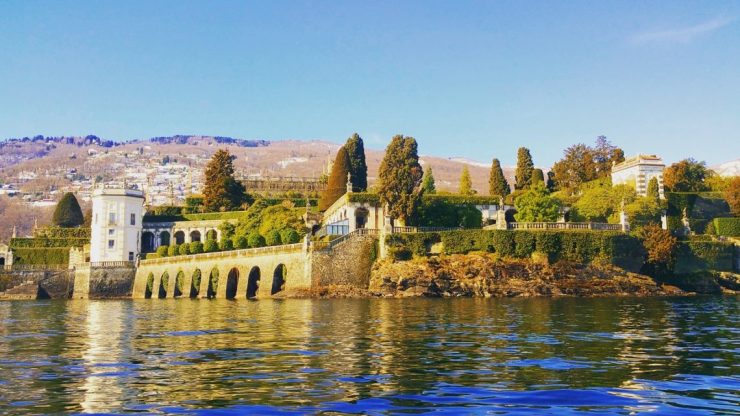
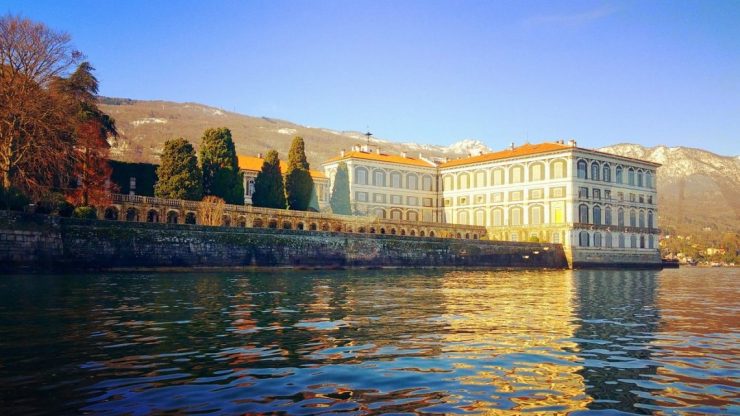



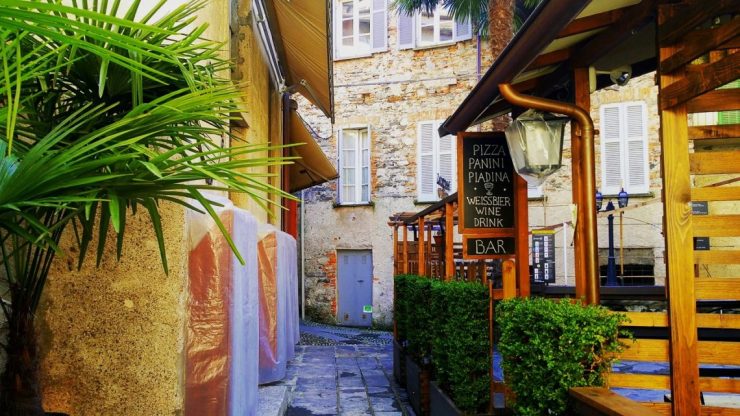


A few minutes by boat and I was dropped off at Isola Bella, which when translated means The Beautiful Island. A grand baroque palace, gleaming golden and white, stands on the edge of the island and is filled with treasures of the Borromeos – tapestries woven in silk and gold, medieval frescoes and sprawling gardens. None of which I got to see. The palace was shut for renovations. Count Carlo Borromeo had built the four-storey palace in the 16th century for his wife, Isabella, in the Lombard Baroque style of design. Prior to that Isola Bella was an island of fisherman. What a transformation it must have been. And so very romantic because of the natural grottos that must add a hint of mystery to the gardens that are referred to as Giardino dell’Amore or ‘Garden of Love’.

I saw only four to six people on the island, sitting around sunning themselves or behind the counter of the odd expensive looking boutique. The other inhabitants of the island were a solitary cat and a trio of ducks who insisted on following me around. I have a feeling that tourists feed those ducks enough for the quacking four-legged beings to get excited when they find a two-legged one walking around unsuspectingly. So, I was stalked by ducks.
In between Isola dei Pescatori and Isola Bella, I spotted the Islet of Malghera which is known as Lovers’ Island and stands out of the lake as a small outcrop swathed in dark vegetation. Its beach, I am sure would be the perfect spot for some sunbathing and skinny dipping. But the boat does not make a stop there. As also it did not make a trip to Isola Madre because of the season I had chosen to visit Lake Maggiore in. And I had really fixated on the gorgeous Renaissance palace that looms over Isola Madre even as I had spied it from Stresa. It is supposed to be quite the paradise-on-earth kind of an island.
…
Within about an hour and a half I was back in Stresa. With six hours at hand before I could catch the train back to Milan. I spent time mooching around the promenade with its surreal view over Lake Maggiore and the majestic Alps. I sat and read on stone benches by the promenade and I daydreamed about how it must have beguiled Dickens and Lord Byron with its beauty. Had they sat on the same spot as me?
The town acquired the tag of a tourist destination for the wealthy during the 19th century when grand villas came up on it. The Simplon Tunnel opening up and passing through Stresa in 1906 certainly did the rest. The beautiful people of the Belle Époque adopted Stresa as their own favourite spa town and it never looked back as a haunt of the rich and the famous.
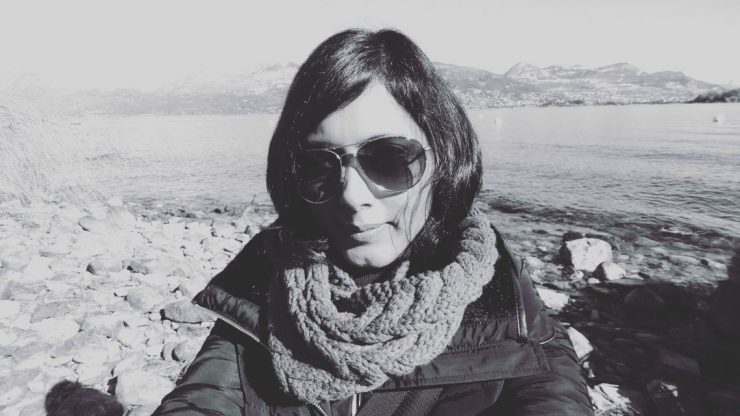
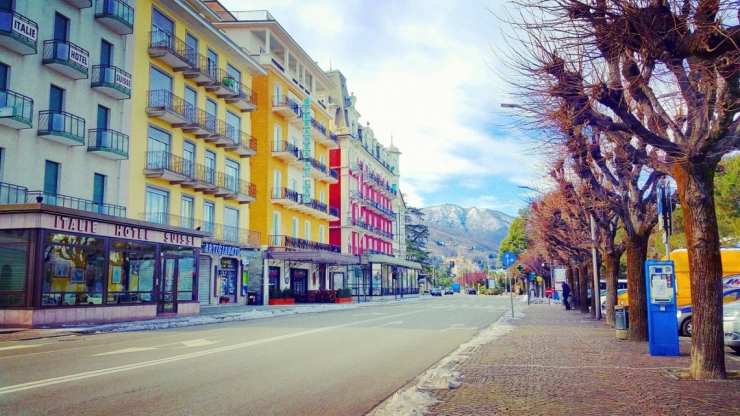

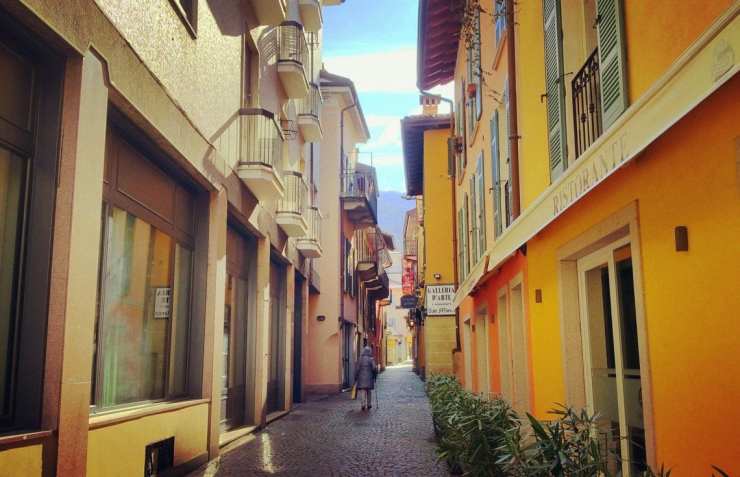



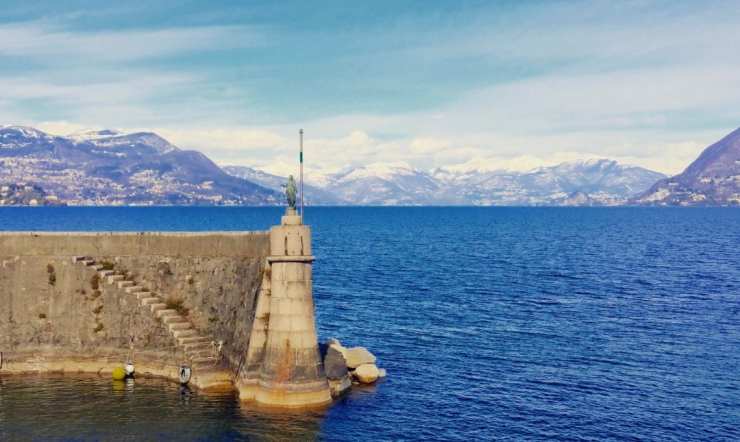
I spent time lunching for a lengthy couple of hours at a café by the promenade and then, later, when I could not stand sitting on the promenade any more, I decided to walk up to Mount Mottarone. As soon as I reached the main road leading up to the mountain, I was the recipient of honks and suspicious looks from Carabinieri passing by. The road was flanked by snow piled high on the sides. A hike to Mottarone was beyond the realms of possibility and the cable car to it not plying at the time – with a huge sigh I gave up on dreams of seeing the seven Italian lakes from atop the Mottarone and scurried back into town.
My last hours in Stresa were spent shivering on the promenade. Oh, it was unaccountably freezing, that evening. I did take refuge in a café for a long, long time over a few cups of coffee and pastries. The only people who sat as long in the café were a trio of women. When they were about to leave, the oldest of them – a dame with white hair, wrinkled skin and the kindest smile – turned to me and chattered away in Italian. From what I could figure out, the middle-aged women were her two bambinas (little girls). With arrivederci and sweet smiles, she left me to my own device.
Thus it was that I finally got on the train from Stresa to Milan. My nerves thoroughly undone.
